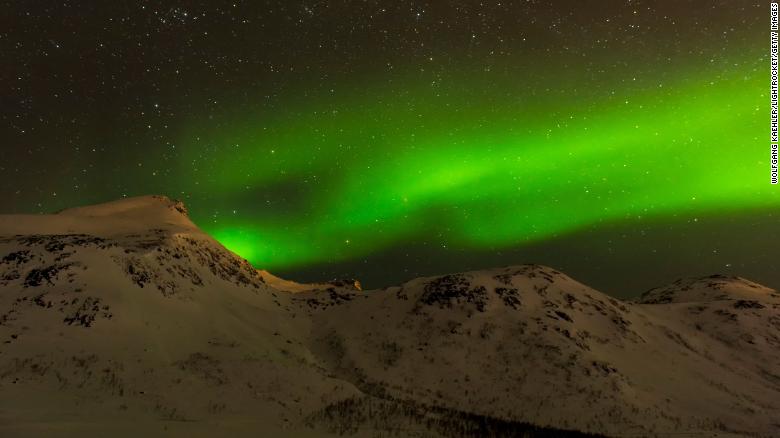
Read the rest of this article...





The absence of monsoon rains at the source of the Nile was the cause of migrations and the demise of entire settlements in the late Roman province of Egypt. This demographic development has been compared with environmental data for the first time by professor of ancient history, Sabine Huebner of the University of Basel - leading to a discovery of climate change and its consequences.
The oasis-like Faiyum region, roughly 130 km south-west of Cairo, was the breadbasket of the Roman Empire. Yet at the end of the third century CE, numerous formerly thriving settlements there declined and were ultimately abandoned by their inhabitants. Previous excavations and contemporary papyri have shown that problems with field irrigation were the cause. Attempts by local farmers to adapt to the dryness and desertification of the farmland - for example, by changing their agricultural practices - are also documented.
Read the rest of this article...